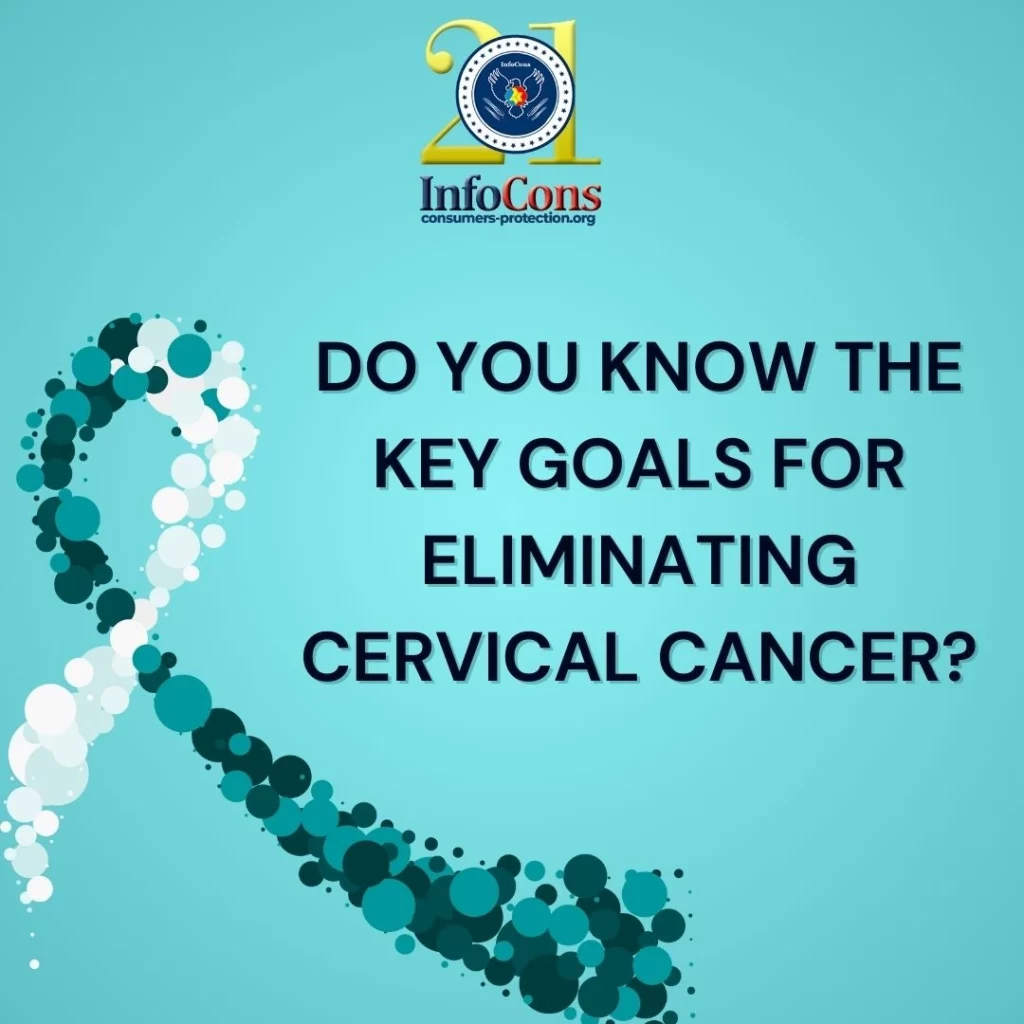
Cervical cancer remains one of the most preventable yet devastating diseases globally, claiming hundreds of thousands of lives each year. With advancements in vaccination, screening, and innovative tools, the fight against cervical cancer has gained momentum. As part of Cervical Cancer Awareness Month, the International Agency for Research on Cancer (IARC) highlights groundbreaking developments that could accelerate the global mission to eliminate this disease as a public health problem.
The Virus Behind Cervical Cancer and Its Preventive Vaccine
Unlike most other cancers, cervical cancer is predominantly caused by a virus—human papillomavirus (HPV). Persistent infections with high-risk HPV types significantly increase the chances of developing cervical cancer. Fortunately, vaccines targeting these high-risk types are available, and they prevent the vast majority of cervical cancer cases.
Recent studies by IARC scientists underscore the effectiveness of a single dose of the HPV vaccine, providing robust protection even 15 years post-administration. By reducing HPV positivity rates and minimizing the need for costly follow-ups like colposcopies, this single-dose approach could cut health system costs and allow broader vaccination coverage.
Read also : The European Accessibility Act : New Inclusive Standards for Products and Services
Screening : A Vital Component in Elimination Efforts
While vaccination remains a powerful tool, cervical cancer screening programs are indispensable in the elimination strategy. The HPV detection test has emerged as the global screening method of choice due to its high accuracy, the ability to self-collect samples, and the need for infrequent testing (about once every 10 years).
Despite its efficiency, many healthcare systems face challenges in managing women who test positive for high-risk HPV types. This gap has fueled the demand for better triage tests to guide further clinical decisions.
AI Innovation for Low-Resource Settings
Addressing the triage challenge, IARC scientists, in partnership with NSV Incorporated (USA), have developed a cutting-edge artificial intelligence (AI) tool. This revolutionary system can accurately detect cervical precancers and cancers through images of the cervix taken during screening appointments. Designed for low-resource settings, the AI tool is undergoing field validation in Zimbabwe and holds promise for enhancing equity in cervical cancer detection and care worldwide.
Read also : Europe’s flight trends – 6.7 million flights recorded in 2024
The Global Elimination Initiative and Targets
In November 2020, the World Health Organization (WHO) launched the Cervical Cancer Elimination Initiative, aiming to eliminate cervical cancer as a public health concern by 2100. This ambitious goal requires every country to achieve and sustain an incidence rate of fewer than 4 new cases per 100,000 women annually.
The initiative rests on three key pillars with specific targets to be met by 2030:
- Vaccination: 90% of girls fully vaccinated with the HPV vaccine by age 15.
- Screening: 70% of women screened using high-performance tests by ages 35 and 45.
- Treatment: 90% of women with precancer treated and 90% of women with invasive cancer managed.
By achieving the 90–70–90 targets, countries will be on track to significantly reduce the burden of cervical cancer by the end of this century.
The Current Global Burden of Cervical Cancer
The numbers remain sobering. In 2022, an estimated 660,000 women worldwide were diagnosed with cervical cancer, and approximately 350,000 lost their lives to this preventable disease. These figures highlight the urgency of global efforts to scale up vaccination, screening, and treatment initiatives.
The fight against cervical cancer demonstrates the power of collaboration, innovation, and commitment to global health equity. With promising advancements in vaccination and screening technologies and WHO’s strategic framework, the goal of eliminating cervical cancer is within reach. By prioritizing education, resources, and awareness, nations worldwide can take significant strides toward making cervical cancer a disease of the past.
Read also : Sparkling Wine Faces an 8% Downturn in 2023 Production and Exports
Source: International Agency for Research on Cancer
InfoCons – European Organization for Consumer Protection and Promotion of Programs and Strategies , a full member of the World Organization Consumers International, founding member of the Federation of Consumer Associations, and member of ANEC .